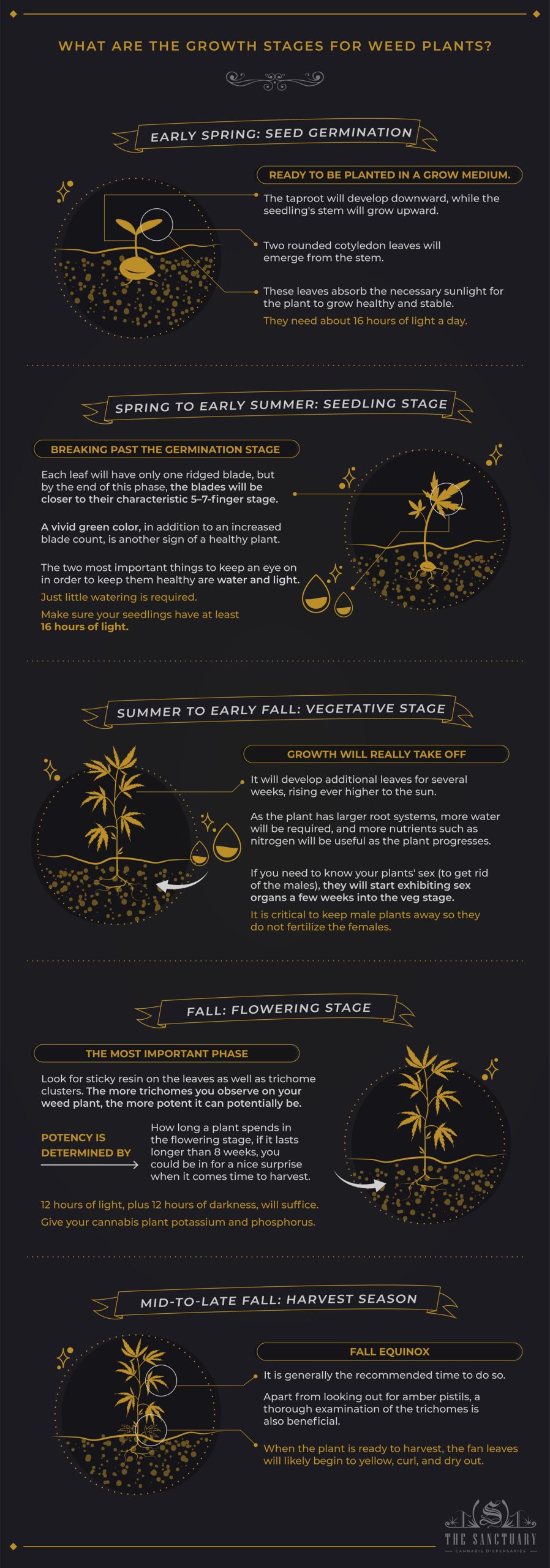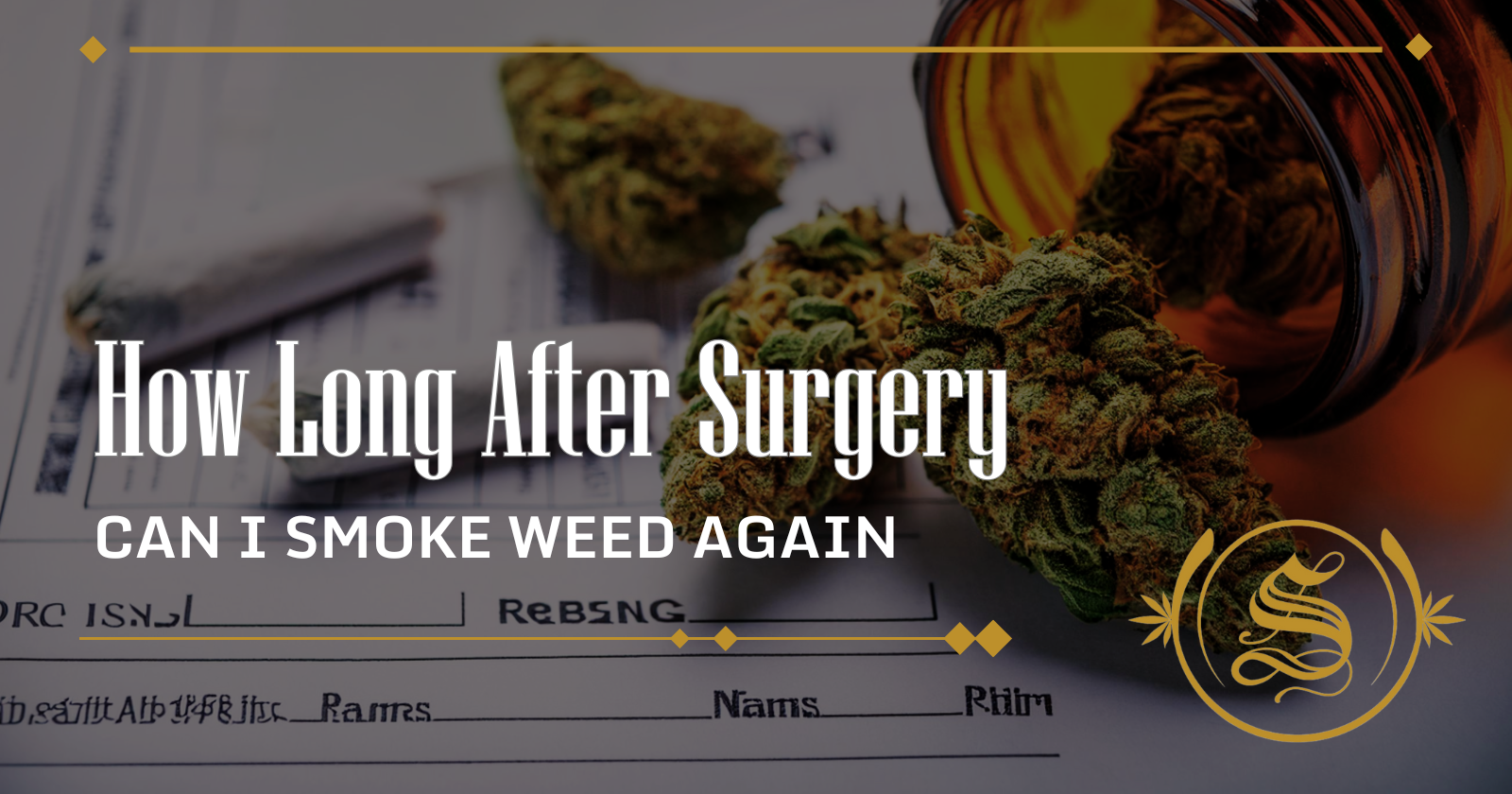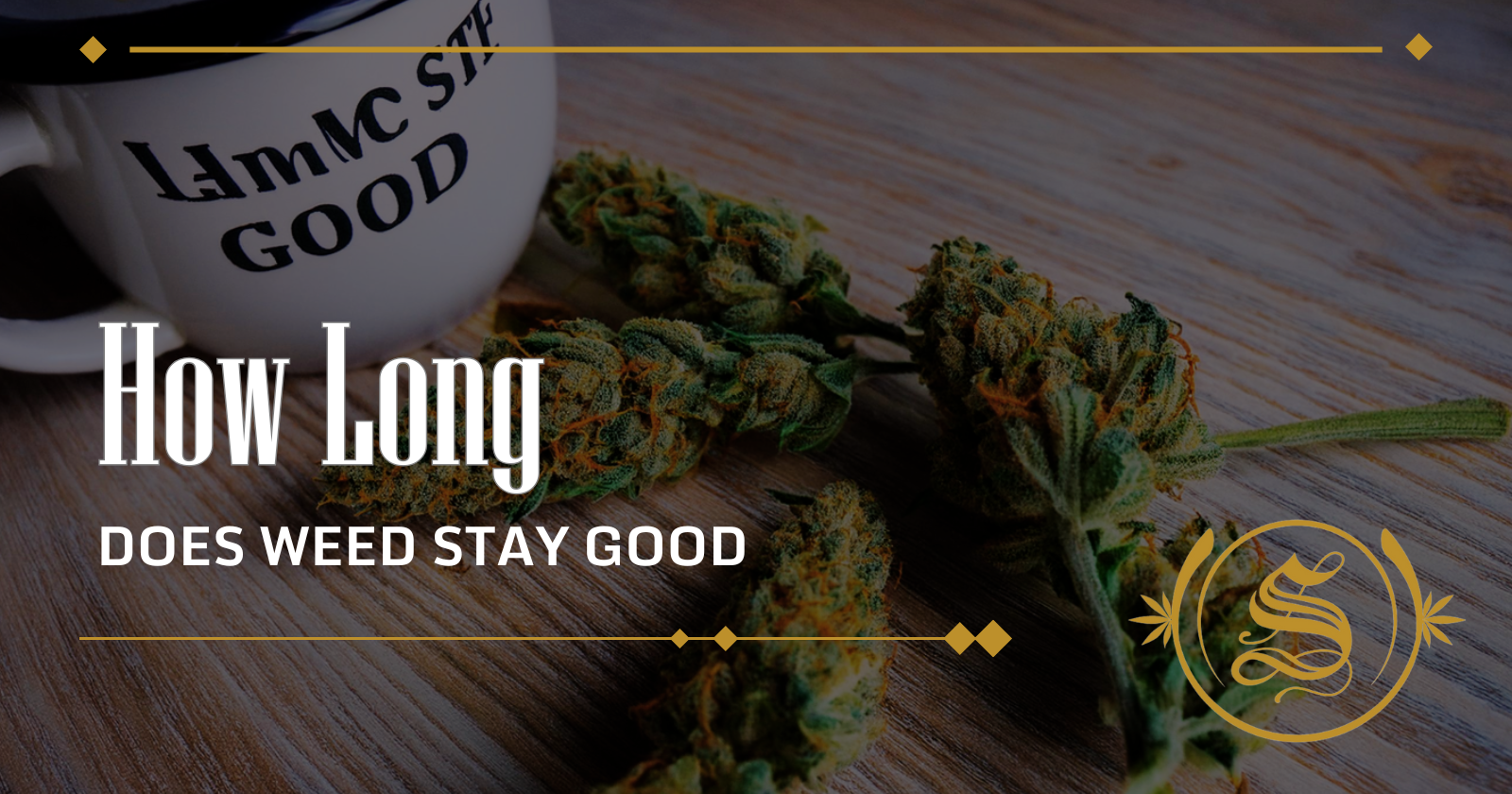Iftikhar Alam
Author
Reviewed by Cannabis Experts
Published on: October 27, 2021 | Updated on: September 4, 2024
Cannabis growers and gardeners, like any other farmer or gardener, get their plants in the ground as soon as the weather warms up and the days lengthen. Of course, this varies by area.
Farmers in California have longer growing seasons and may plant outside earlier while harvesting later than farmers in New York, who have a shorter growing season on both ends. Regardless of where you are growing, the key aim is to time your planting for optimal light and development before the fall season arrives.
Why does timing matter?
Timing is crucial for photoperiod plants. To begin flowering, photoperiod cannabis plants need a specific amount of light, the same amount of light that naturally occurs in the fall season. The plant will enter its flowering stage when there are at least 12 hours of darkness.
There are other cannabis plants that are not light-sensitive, known as autoflowers, that will flower on their own at a certain stage of development regardless of the amount of light they get.
The fact that these plants have considerably shorter life cycles appeals to certain gardeners.
Harvesting occurs after the plant’s buds have grown in size but before the arrival of bitterly cold weather, usually in the mid-to-late fall.
Where should I plant cannabis?
Cannabis is grown in three different environments: outdoors, in greenhouses, and inside.
In order to prepare for an autumn harvest, many outdoor growers start growing their plants in the spring.
Another possibility is to begin producing your weed plants in a greenhouse. A greenhouse offers the strong sunshine that a healthy plant needs while also providing superior environmental control. For example, during some growing phases, darkness is essential, and a greenhouse provides you the flexibility to employ blackout shades or roof covering systems.
Cannabis is also protected from the weather, as well as animals and pests, in a greenhouse. A greenhouse, on the other hand, is a pricey investment that is not suitable for a budget-conscious gardener.
Indoor growers have the freedom to cultivate cannabis seeds at any time of year as long as temperature, humidity, light, and air quality are controlled. Plants cannot exist without the proper amount of photosynthesis, thus light management is crucial.
Natural sunshine performs all the work for an outside garden, but you will need to invest in a lighting system indoors, such as LED lights or high-intensity white light.
It is a good idea to educate yourself with state and municipal marijuana regulations before you start planting your outdoor, greenhouse, or indoor cannabis garden. You can start the initial stage of development and sow seeds once you have confirmed that producing cannabis at home is legal in your state or location.
Ideal soil conditions
For outdoor cultivators, choosing the proper soil is arguably the most important factor. Choose a soil rich in plant nutrients and organic elements such as microorganisms, earthworm castings, and forest humus, as well as microbes, earthworm castings, and forest humus.
Because they reduce or eliminate the requirement for liquid fertilizers, some soils are referred to as “super soils.” Overall, the most significant expenditure for an outdoor planter is on cannabis-compatible soil.
Another essential factor to consider is the drainage of the soil. Heavy clay soils are not a good choice since they do not receive enough oxygen and they drain slowly. Dig out large holes for your plants one month before planting, while adding decaying organic waste mixes. This is not only a good source of plant nutrients, but it also helps the roots breathe.
Silty soil is the greatest soil type for cannabis plants. It holds heat fast when needed, is simple to work with, and keeps exactly the proper amount of moisture, draining any extra water that the roots do not require. It is also high in nutrients and does not necessitate a lot of effort on your part.
What are the growth stages for weed plants?

From seed through harvest, weed’s development phases may be divided into four categories:
- Germination (3-10 days)
- Seedling (2-3 weeks)
- Vegetative (3-16 weeks)
- Flowering (8-11 weeks)
Early spring: Seed germination
The seed is the earliest stage of the cannabis plant. Your seed is ready to be planted in a grow medium, such as soil, once it has germinated or sprouted. The taproot will develop downward, while the seedling’s stem will grow upward.
As the plant emerges from the seed’s protective shell, two rounded cotyledon leaves will emerge from the stem.
A cannabis seed should be light to dark brown in color and feel firm and dry. Undeveloped seeds are mushy and green or white in appearance, and they are unlikely to sprout.
These first leaves are in charge of absorbing the necessary sunlight for the plant to grow healthy and stable. These need about 16 hours of light a day. As the stalk grows, the stalk will rise, and the first characteristic fan leaves will appear, indicating that your cannabis plant is now a seedling.
Spring to early summer: Seedling stage
Plants enter the seedling stage after breaking past the germination stage. They will be well on their road to strong development after 2-3 weeks of adequate care.
This is the stage at which it begins to resemble a cannabis plant. Initially, each leaf will have only one ridged blade, but by the end of this phase, the blades will be closer to their characteristic 5–7-finger stage.
The plants are considered seedlings until they reach the full 5–7 blades. A vivid green color, in addition to an increased blade count, is another sign of a healthy plant. The two most important things to keep an eye on in order to keep them healthy are water and light. Because seedlings are still delicate, just little watering is required.
Make sure your seedlings have at least 16 hours of light. Even if growing weed outdoors, many growers will start their seeds indoors under artificial light to assist them to get through this critical stage of the plant’s development.
You may skip the seed germination process if you acquire a clone from a grower or breeder since it will already be a seedling.
Summer to early fall: Vegetative stage
The vegetative stage is where the growth will really take off. It will develop additional leaves for several weeks, rising ever higher to that lovely summer sun. Growers may consider topping and training their plants at this time to stimulate outward growth.
This allows for more uniform dispersion of light to the leaves while also controlling the overall height of the plant. As the plant has larger root systems, more water will be required, and more nutrients such as nitrogen will be useful as the plant progresses.
Autoflower growers have even less time than photoperiod growers since most autoflowers bloom after only 2-3 weeks of vegetative development. Many auto growers put their autoflowering seeds directly into the final container because of this.
From the point of germination, the clock starts ticking with autos. Photoperiod strains may be sustained in vegetative development forever if they are exposed to 18+ hours of light and are housed in appropriate circumstances.
This is why indoor gardeners may retain mother plants for years and outdoor growers can plant in the spring. Taking cuttings is also easier with 18+ hours of light, whether indoors or outdoors.
If you need to know your plants’ sex (to get rid of the males), they will start exhibiting sex organs a few weeks into the veg stage. It is critical to keep male plants away so they do not fertilize the females.
Fall: Flowering stage
If you are wondering which stage of growth is the most important, well this is it. Look for sticky resin on the leaves as well as trichome clusters. The more trichomes you observe on your weed plant, the more potent it can potentially be.
Potency is determined by how long a plant spends in the flowering stage, so if it lasts longer than 8 weeks, you could be in for a nice surprise when it comes time to harvest. The flowering stage is the last step of your cannabis plant’s development cycle, but not its life cycle.
The flowering stage is also the last step of your cannabis plant’s development cycle, but not its life cycle. A decrease in light on your plants is one of the major differences in the blooming stage. A cannabis plant no longer needs 24 hours of light; 12 hours of light, plus 12 hours of darkness, will suffice.
The most crucial nutrient is no longer nitrogen; instead, give your cannabis plant potassium and phosphorus. As you prepare to harvest your crop, the conclusion of the flowering stage is a much-anticipated milestone in the growing process.
There are three subphases within the flowering stage:
- Flower initiation (week 1-3): Females will generate pre-flowers—pistils, or white hairs, which are the beginnings of buds—as the plant continues to expand.
- Mid-flowering (week 4-5): The plant will cease developing and the buds will begin to fill up.
- Late flowering/ripening (week 6 and later): The number of trichomes will grow, and the plants will become extremely sticky; monitor the color of the pistils to determine when to harvest.
Mid-to-late fall: Harvest season
Harvesting on or around the Fall Equinox is an art form in and of itself, and it is generally the recommended time to do so. Apart from looking out for amber pistils, a thorough examination of the trichomes is also beneficial.
Growers are looking for amber-colored trichomes in general. When the plant is ready to harvest, the fan leaves will likely begin to yellow, curl, and dry out.
When do buds grow the most?
Toward the end of the blooming life cycle, buds generally grow the most. You probably will not see much budding out at the start of the flowering stage, and it will slow down as the cycle progresses and buds form fully.
The content provided on this blog is for informational purposes only and does not constitute medical, legal, or professional advice. Cannabis use is subject to local laws and regulations, which vary widely by jurisdiction. Always consult with a healthcare professional before starting any new treatment or altering an existing treatment regimen. The authors and publishers of this blog are not responsible for any actions taken based on the information provided herein. Use cannabis responsibly and in accordance with applicable laws. This blog is intended for adults aged 21 and over. The Sanctuary Dispensaries D186, D187.








